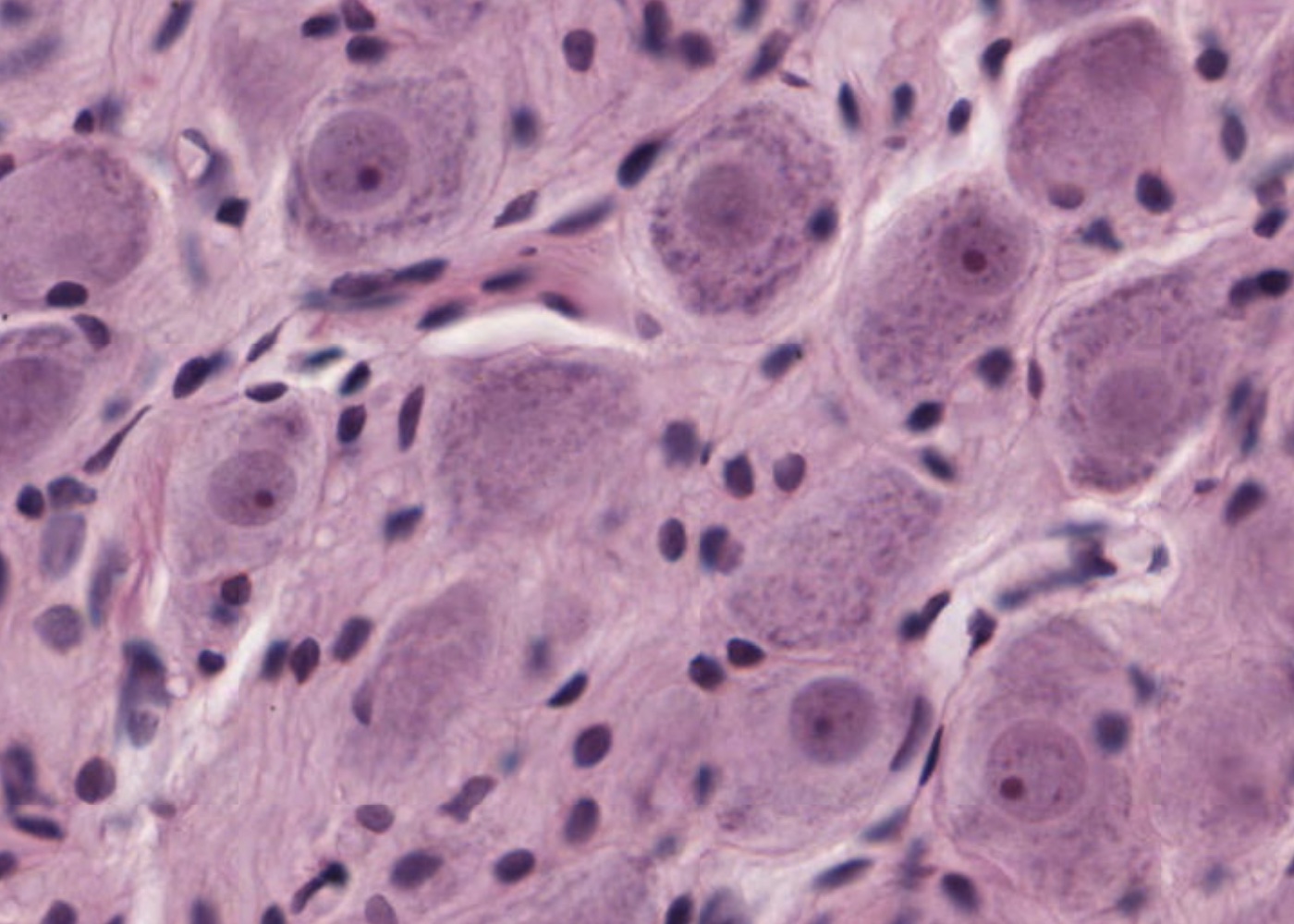The cell is the fundamental structural and functional unit of all multicellular organisms. Each cell has very unique functions and so contains specific structural components to enable the cell to perform those functions.
In this first module you will learn about the general structural components that are characteristics of the mammalian cell and then receive a brief overview of how some cells differ (or become very specialized) in various tissues to suit the functional needs of that tissue.
Learning outcomes
After viewing the histological images and interactive text in this module you should
- appreciate the size range (in micrometers) of mammalian cells.
- know the dimensions “micrometer” and “nanometer”.
- understand what “Resolving power” is and know the resolving power of both the light microscope and the human eye.
- know that a typical mammalian cell contains a nucleus, and cytoplasm containing cell organelles, cell inclusions and the cytoskeleton; the cell nucleus contains a nucleolus, chromatin and nucleoplasm.
- identify cell components and organelles and know their functions.
- know the 3 major components of the cytoskeleton.
- understand the meaning of the “interphase” part of the “cell cycle”.

